> Guardian Underground Telephone Exchange 📍
The Guardian Underground Telephone Exchange (GUTE) also known as ‘Scheme 567’ is a 1950s nuclear-hardened facility designed to safeguard cold war communications. It is one of three such exchanges, the others being Birmingham’s Anchor exchange and London’s Kingsway exchange.
The site was classified under a ‘D Notice’ in the fifties to prevent the media from writing about it. It was declassified in 1968, but apparently those with knowledge of the site were still having to sign the Official Secrets Act in the 1970s. These days its existence is public knowledge, and although details are still obscured from public view you can write to the council and ask about it, just like Mr McClinton did in 2014.
By far the best source of information about the Guardian Underground Telephone Exchange (GUTE) is a 39 page 2013 paper co-written by Martin Dodge and Richard Brook titled Manchester’s Guardian Underground Telephone Exchange which includes a copy of Duncan Campbell’s floor plan from his book War Plan UK, and a description of the layout.
Underground Features
Telephone Exchange
Housed in a collection of wide tunnels over 30m underneath China Town, the GUTE bunker was totally self sufficient for drinking water, having bored a completely independent supply for themselves. The artesian well is noted on the plan. The tunnels are still intact, although much of the equipment has been removed and although the area is still used operationally it is mostly dormant.
There IS a bunker and a web of tunnels 112ft below Manchester, constructed during the Cold War to house the technical elite who would keep communications intact in the event of a nuclear attack on Manchester. Its location was a secret and its two entrances were anonymous doorways in Chinatown and at the back of the Piccadilly Hotel.
It was called Guardian and was built in 1954 when the tensions between the Eastern bloc and the west were at their most acute. Apart from being on standby for a nuclear attack Guardian was also a fully operational fault repair centre for the city's domestic and business telephone systems.
YouTube user hogshawrabbits has five videos showing the inside of the Guardian Exchange, including the 3D model on display inside (which is also shown on page 223 of Underground Manchester).
Cable Tunnel
A one-and-a-half mile cable tunnel running under the city centre connects the main complex of the GUTE to Dial House and the Ardwick and Salford shafts. The tunnel is wide enough to drive a small vehicle through, and staff in fact used a vehicle known as ‘the tractor’ to drag thick copper cables through before the age of fibre optics. Staff also used bicycles to navigate the cable tunnel, as it ran for quite some distance. This cable tunnel intersects the larger tunnels which housed the exchange equipment.
Surface Features
55/61 George Street

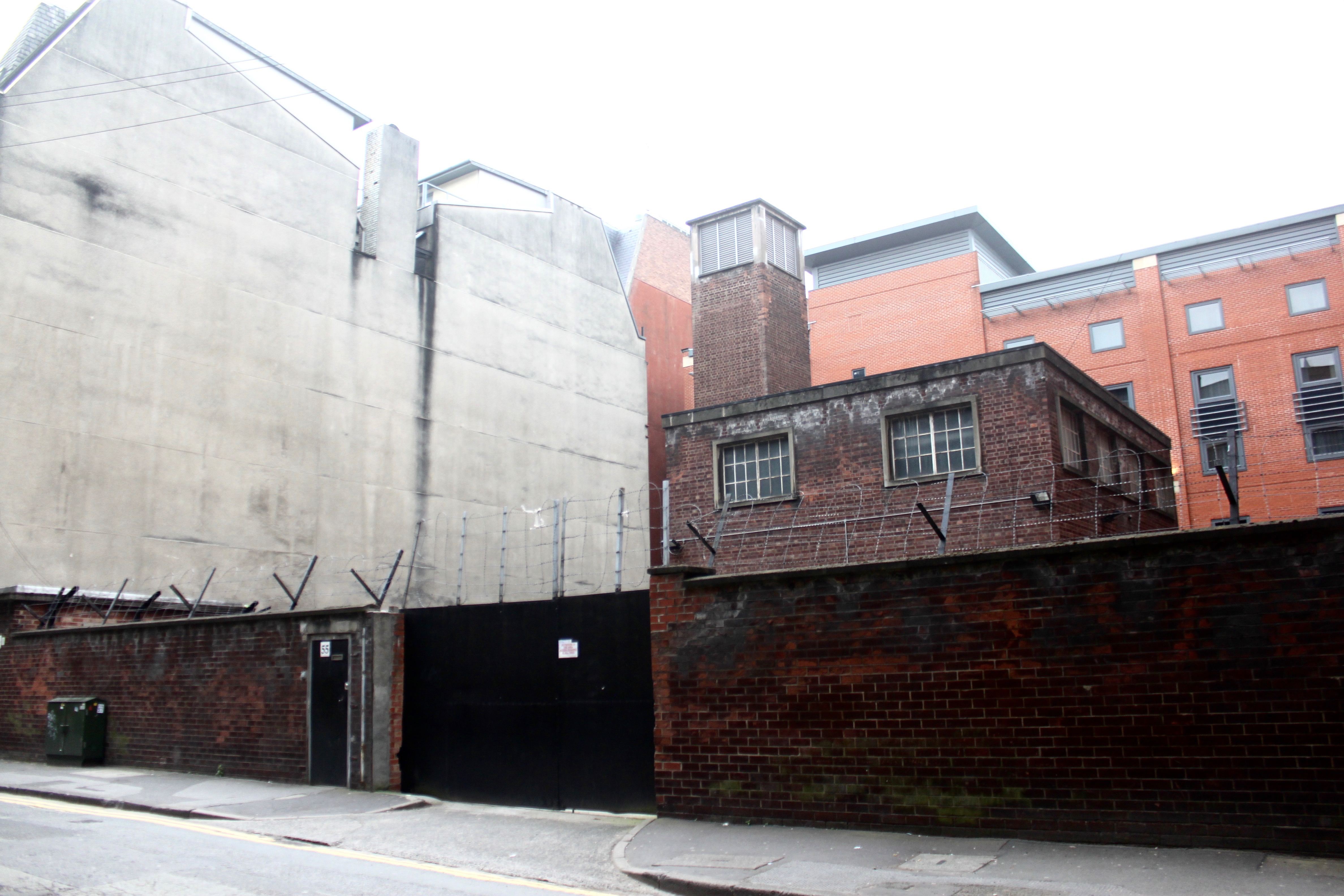

This is the most conspicuous representation of the Guardian Underground Telephone Exchange at surface level. Back in the postwar landscape of Manchester it may have blended in well, but these days it arrests the attention of passers by oblivious to its purpose, looking more like a prison than a government facility. Housed within is the large goods sized Shaft 6 down to the lower levels. From this location a 35 tonne cover (see photo below) can be slid over the shaft head, and lift equipment is housed in a bleak looking tower.
Lockton Close, Ardwick
This is the southern end of the cable tunnel serving the Guardian Underground Telephone Exchange, where a shaft leads to a building on the surface. During construction the tunnel sloped at this point to remove excavated spoil; this was later filled in. The shaft head at this site has been rebuilt over the years and is fairly inconspicuous these days except for other surrounding utility buildings.
Islington Street, Salford
This is the northern end of the cable tunnel serving the Guardian Underground Telephone Exchange, where a shaft leads to a building on the surface. In 2005 there was a break in at the Salford end which sparked a terror alert, which is discussed in a 28DaysLater.co.uk thread.
City Tower
There is a rumoured connection between the telephone exchange and City Tower which is just on the other side of New York Street from the Rutherford House end of the tunnels. It seems rational that you would want to connect such a facility to City Tower since from there it would be possible to establish a microwave network with the Backbone network tower in Heaton Park.
Rutherford House
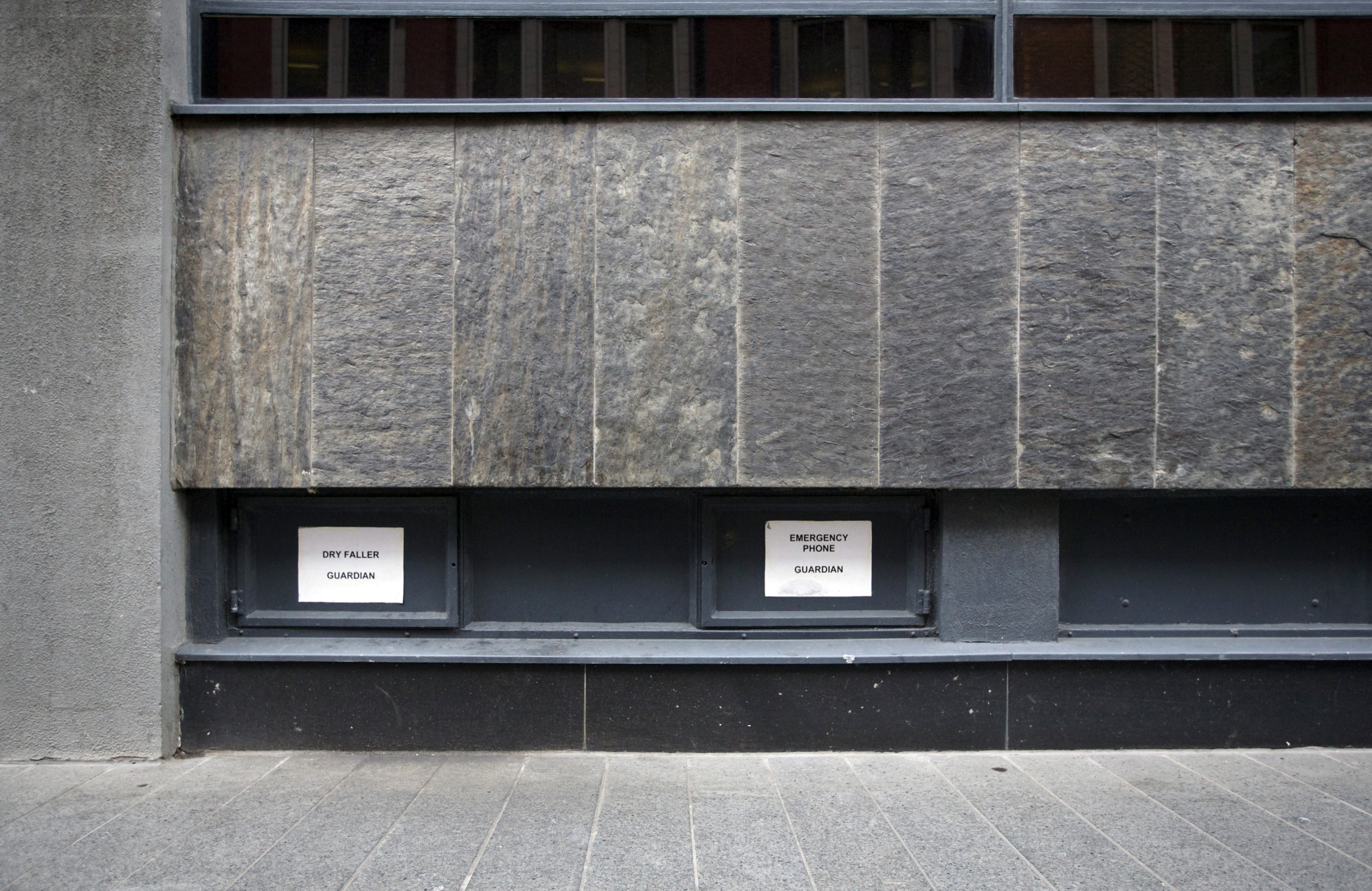
Rutherford House contains shaft 5 which most staff would use to enter the facility. On George Street signs could be seen at street level reading ‘DRY FALLER GUARDIAN’ and ‘EMERGENCY PHONE GUARDIAN’ until recently. They appear to have been scrubbed out, but you can still just see the word Guardian on one of them.
York House
York House is an exchange building which contained the main staff entrance to the nuclear facility. The York Street entrance was housed behind the door opposite the street level signs indicating cabling. From here a staircase led to a shallow tunnel under the road to Rutherford House, and the main lift shaft.
Dial House
Dial house is a BT Telephone Exchange based in Salford, at the end of Chapel Street. A building with intriguingly intricate architecture, it appears to house equipment which pumps groundwater out of the tunnel complex. It also housed/houses the automated Pioneer exchange. The shaft is located on the north side of Chapel Street, as shown in the Street View image below. This location is marked on a map on a wall of the main tunnels, shown in the YouTube video from user hogshawrabbits. It looks like there might be another shaft marked within Dial House, and a curved tunnel across the three way junction (purpose unknown). Models of the excavation of the shaft in Chapel Street can seen on the Atomica Guardian site here and here.
Blackfriars Bridge Pump Outlet
Groundwater pumped from the tunnels below leaves via an outlet which is visible from Blackfriars Bridge or Victoria Bridge. Underground Manchester (Warrender, 2007:238) descibes how the pump at Dial House has caused a sandbank to form where the water is deposited into the Irwell. This outlet is also referenced in a Manchester Confidential article about Dial House, and is listed under permit reference ‘NW/EPRTB3638AL/001’ on the Environment Agency Public Register.
New Brown Street Shaft
A shaft in this rough position was used to remove rock waste but back filled as part of construction (Warrender, 2007:221).
Town Hall connection—rumour or myth?
Some local tour guides state that a tunnel connects the basement of the town hall with the bunker network. It seems plausible given the distances. Manchester Town Hall basement housed a control centre during WW2, as shown in Below Manchester (Warrender, 2009:66). At this point the Guardian complex had not been conceived. If the council were to seek shelter, you could hardly expect them to stroll over to Back George Street. However, we should not assume that provision was made to shelter local government in the Guardian complex. It was built to house a telephone exchange. Its primary purpose was not the shelter of citizens. Other provisions were made elsewhere for continuity of government.
Fire in the tunnels
In 2004 there was a cable fire in the tunnels which wiped out phone service for much of Manchester. Information about the 2004 fire in the GUTE / cable tunnels is sparse, as the tunnels were relatively unknown at the time, and media information was fairly speculatory due to the lack of well known information about the layout of the system. There is a BBC News Story about the cabling fire, and a further page about Day 6 of the Manchester phone crisis which indicates the fire was approximately 150m from Rutherford House towards Dial House. This contradicts descriptions of the location which place the fire at the corner of George and Princes Street.
There was a 28DaysLater.co.uk report from a visit in the same year.
Other sites
The Mancubist page seems to be offline at the moment but archive.is has a mirror of the Mancubist article. There is a fairly old (now offline) site by George Coney, now reproduced at http://www.atomica.co.uk/guardian/. I recently found that the George Street site had even been the subject of a photography degree project by James Monaghan.
Photographs
Flickr user TVUrbex has an album of photos of features not in the public view (yet not actually inside the tunnels), shown below.

You can find 27 more pictures with descriptions and locations taken by Tony Perry on Historic England. Selected photographs from the BT Archives are included below, linking to their origin page. You can find the full collection by using the BT Archive search page with the search term ‘Tunnel Scheme 567’.
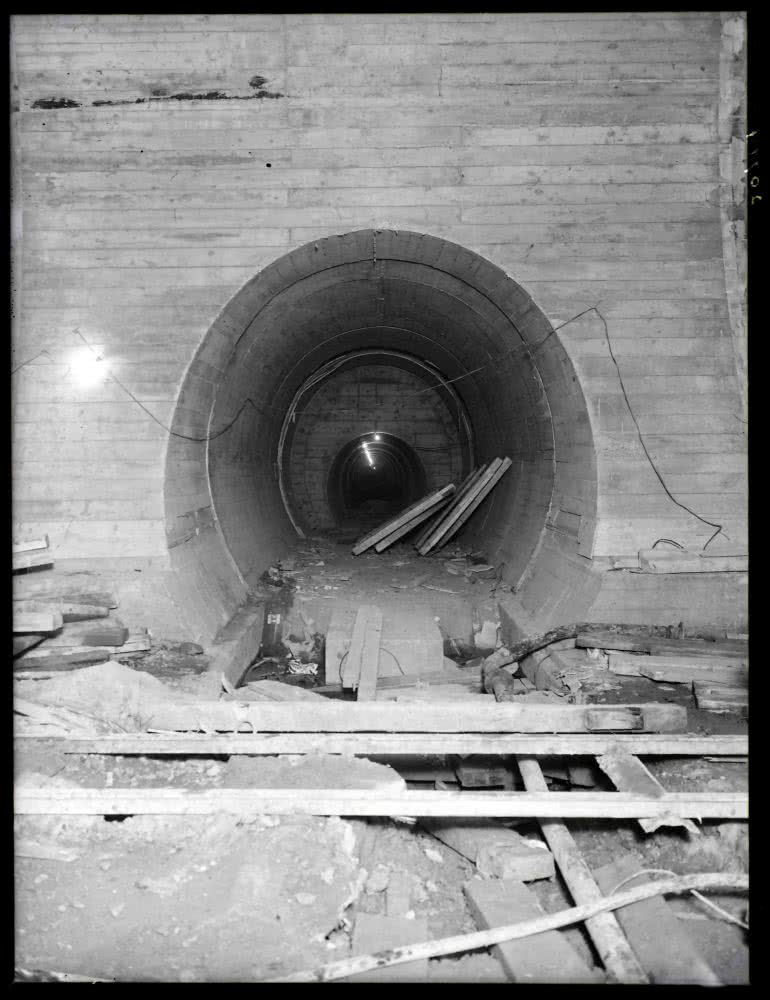
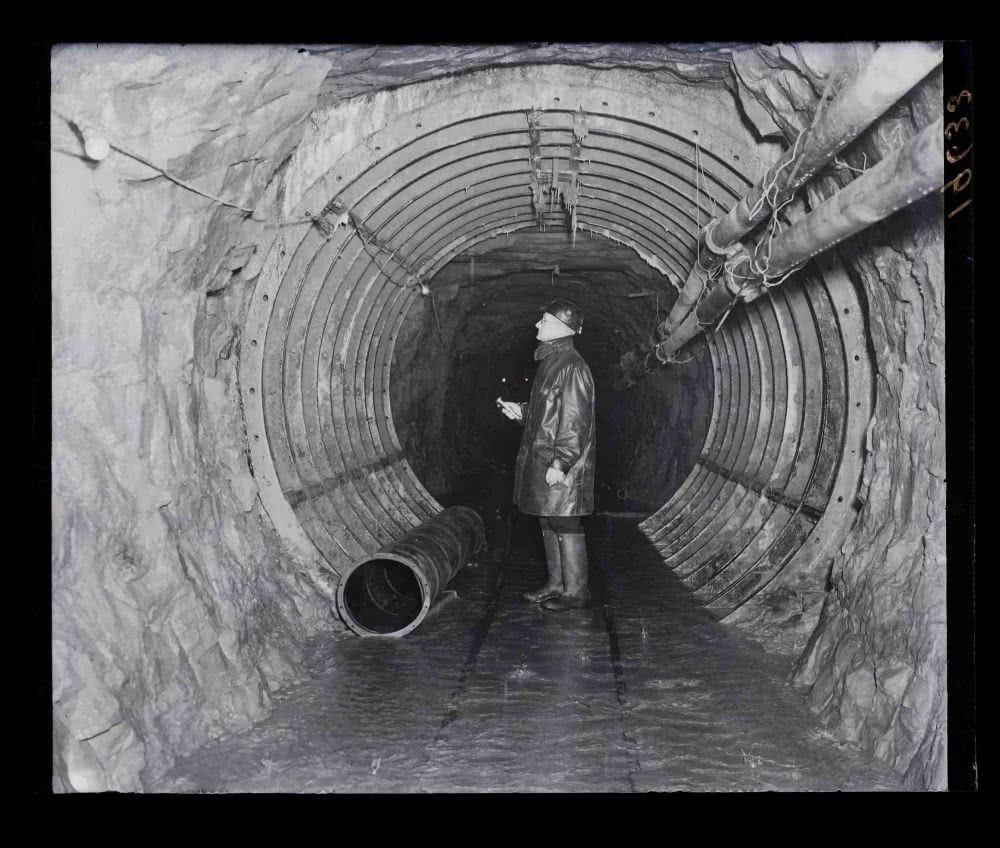
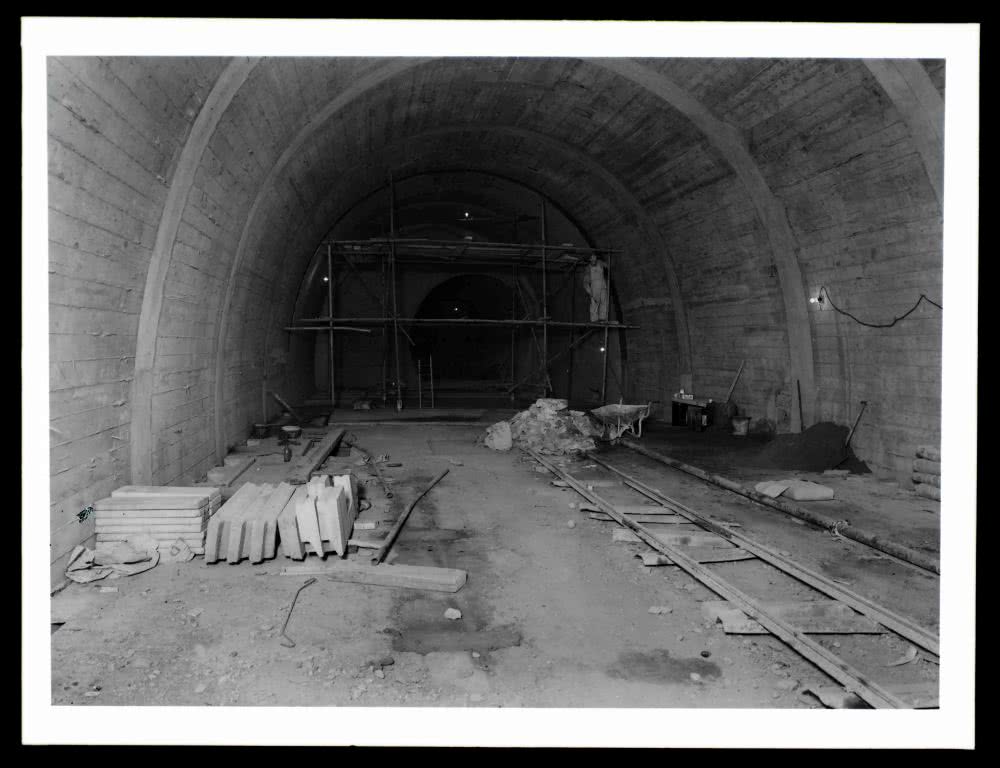
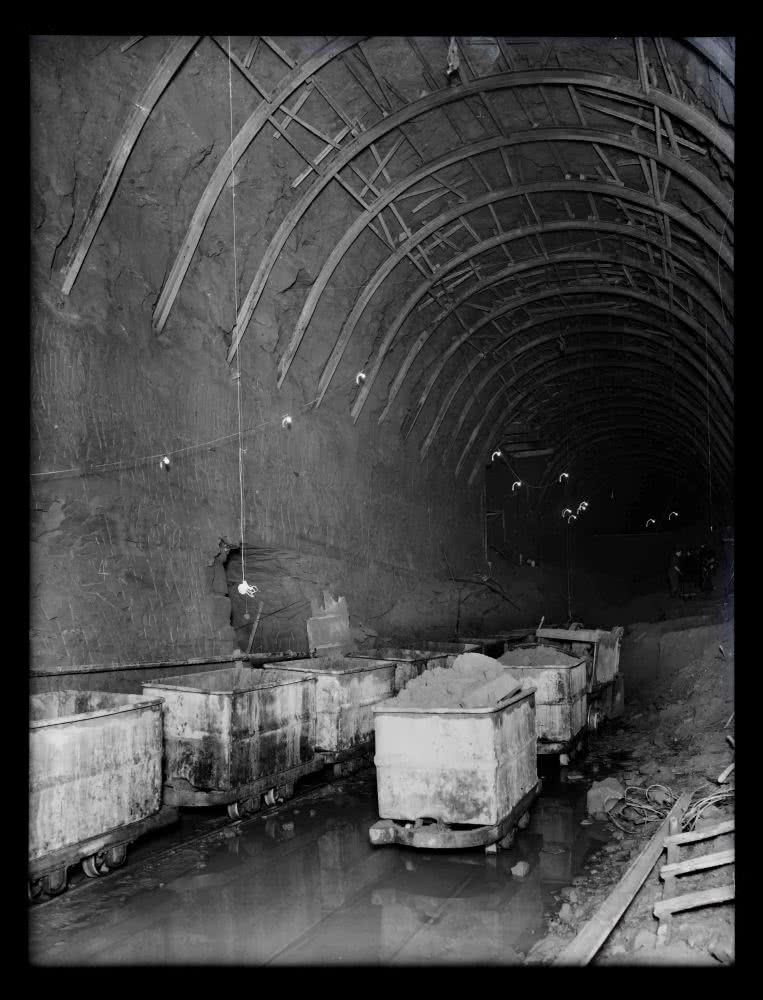

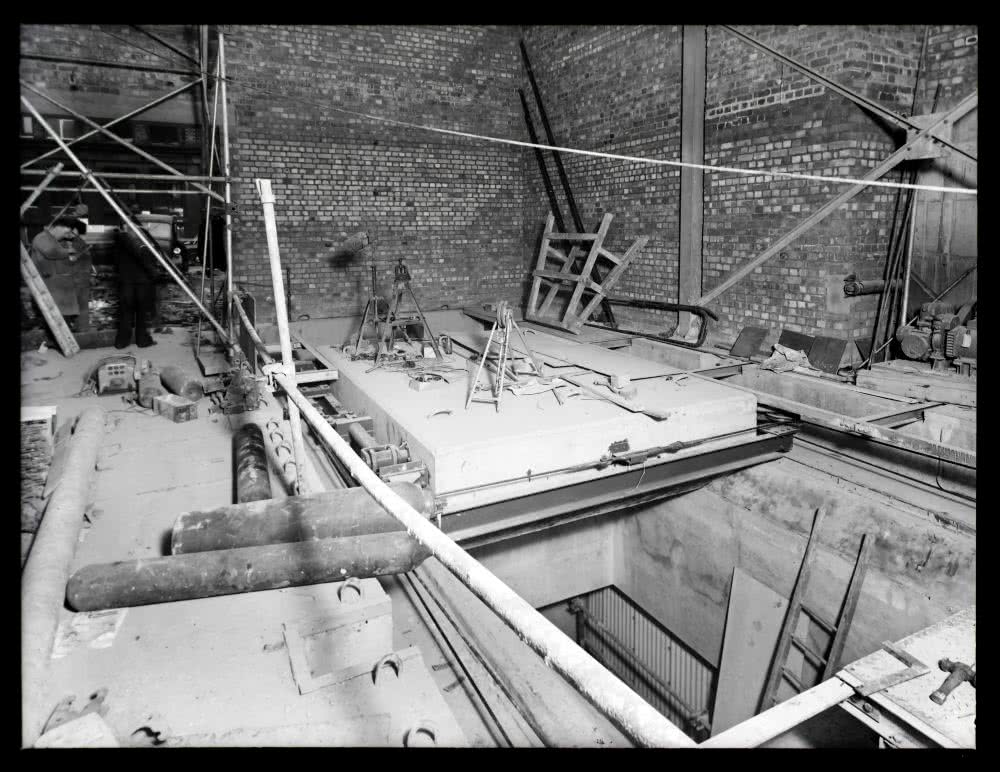

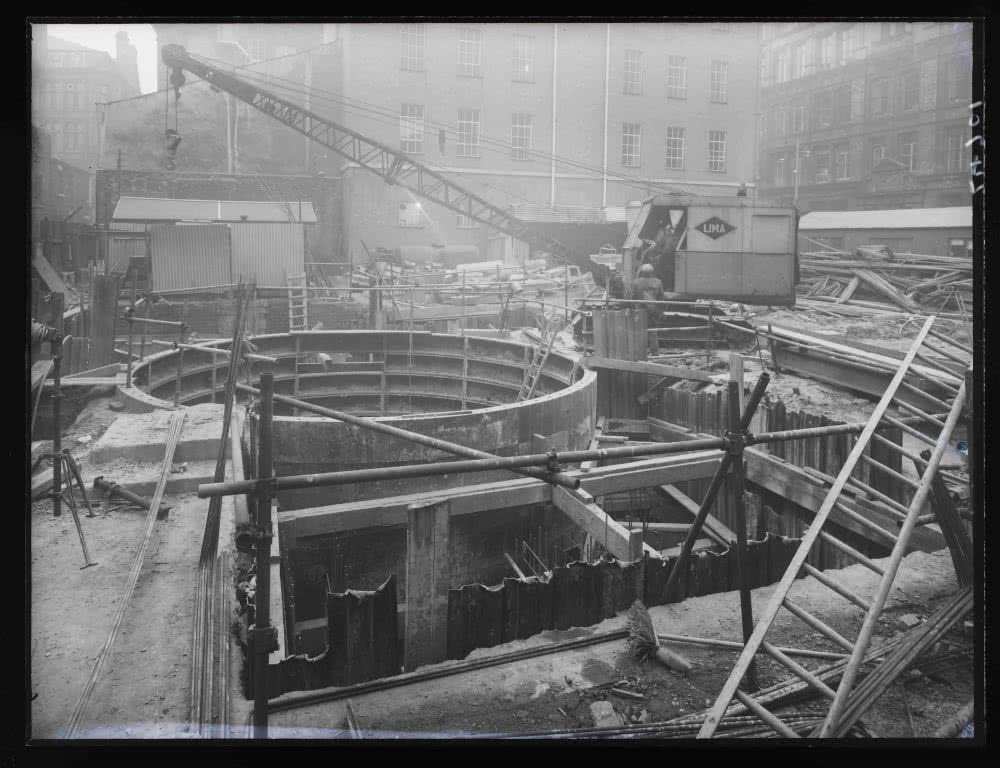

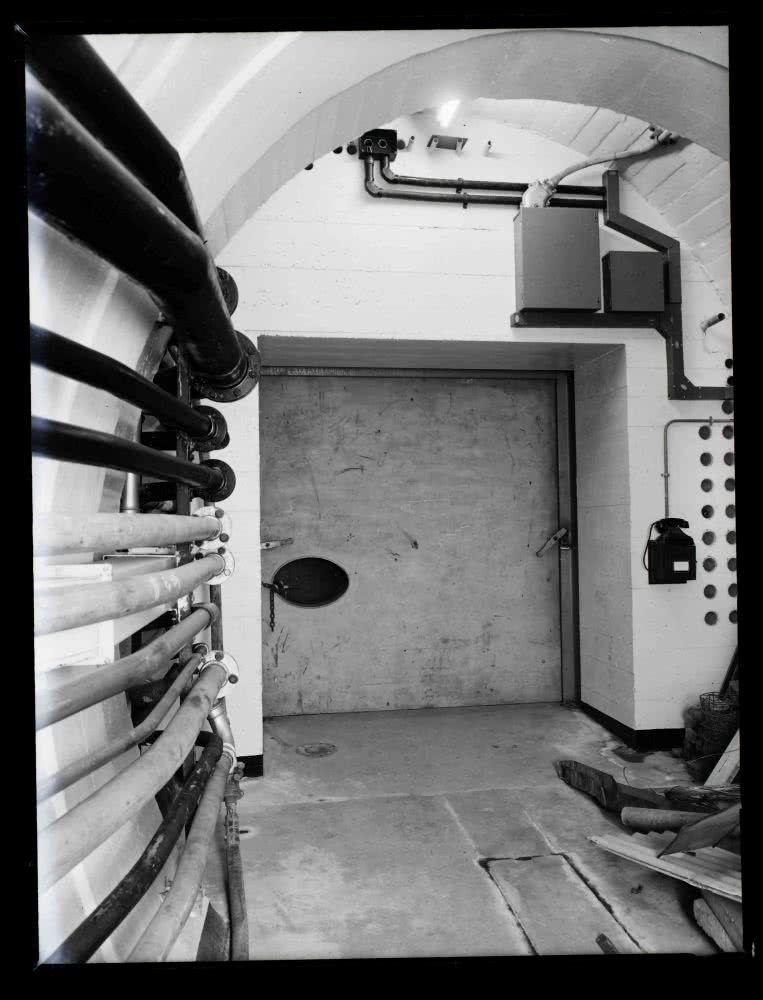
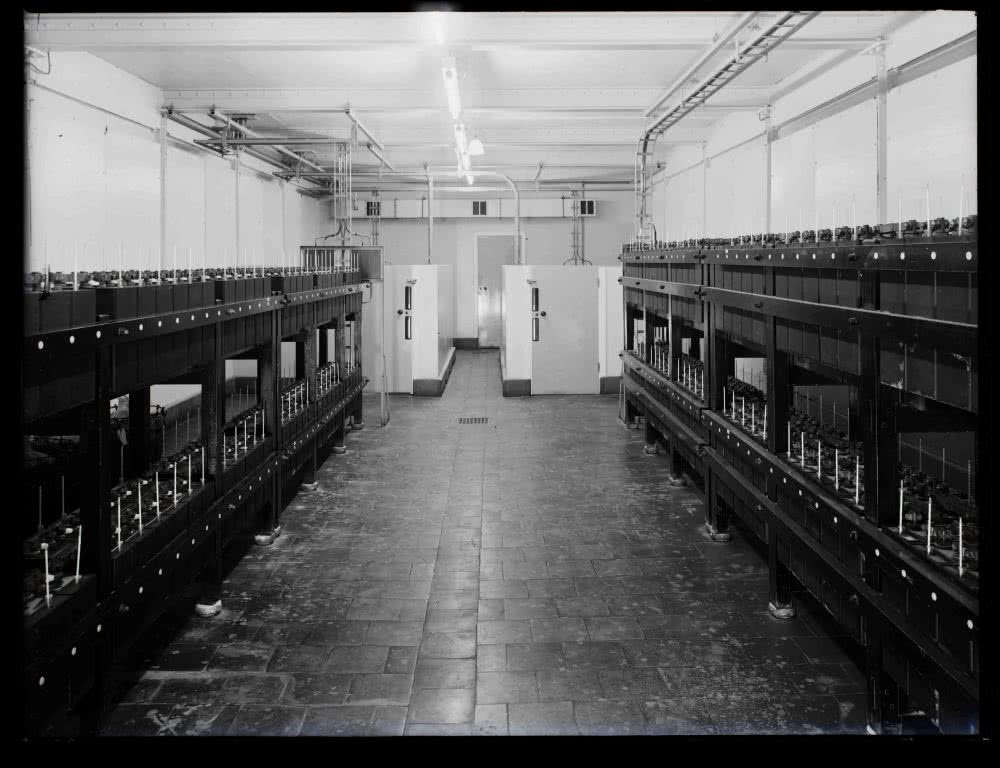
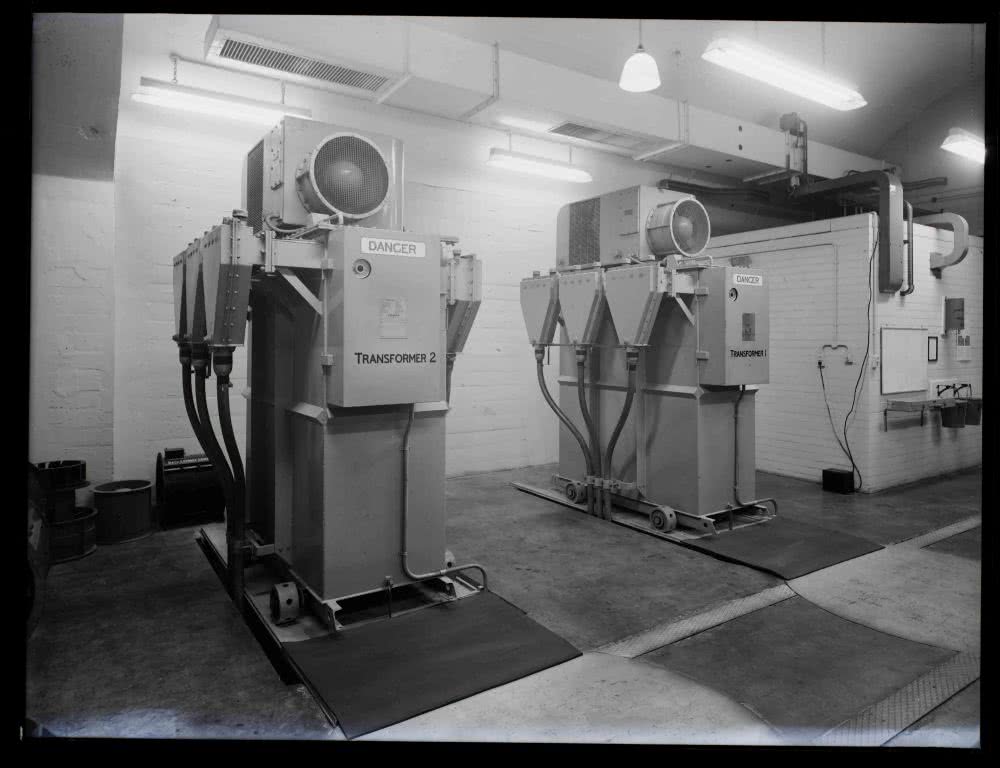
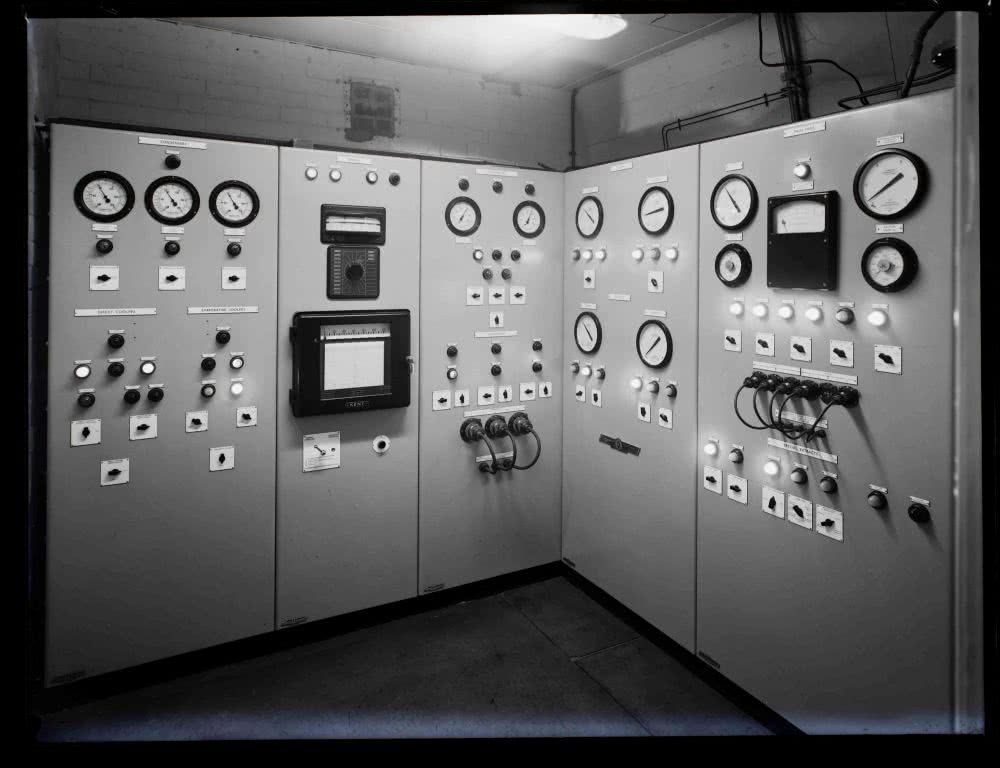
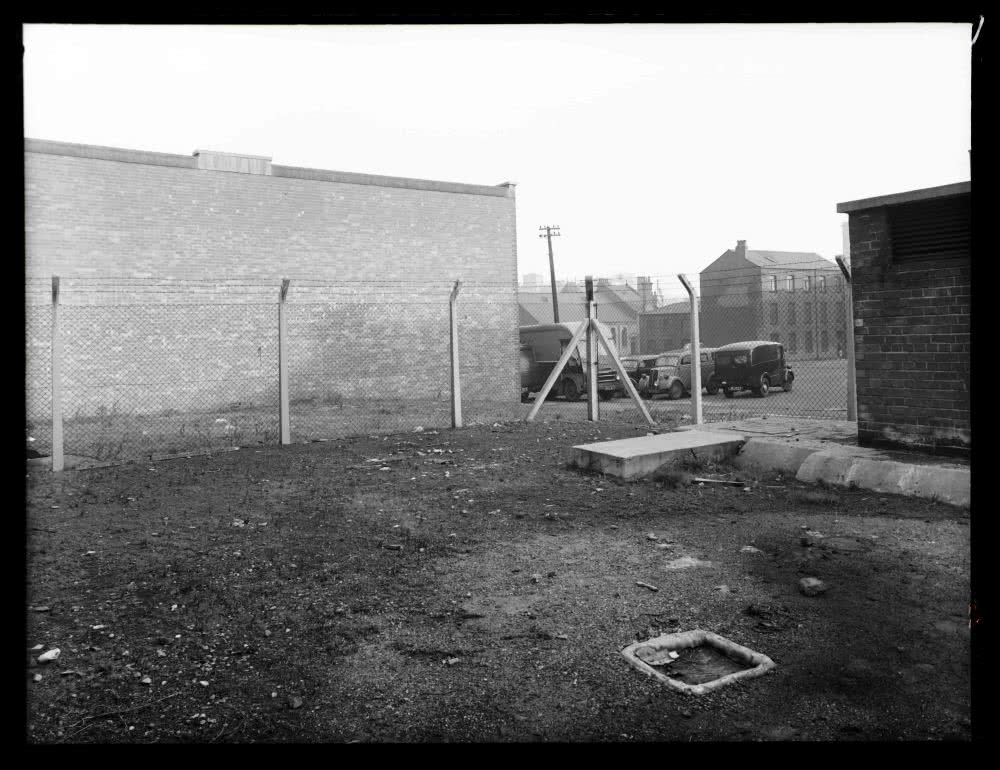
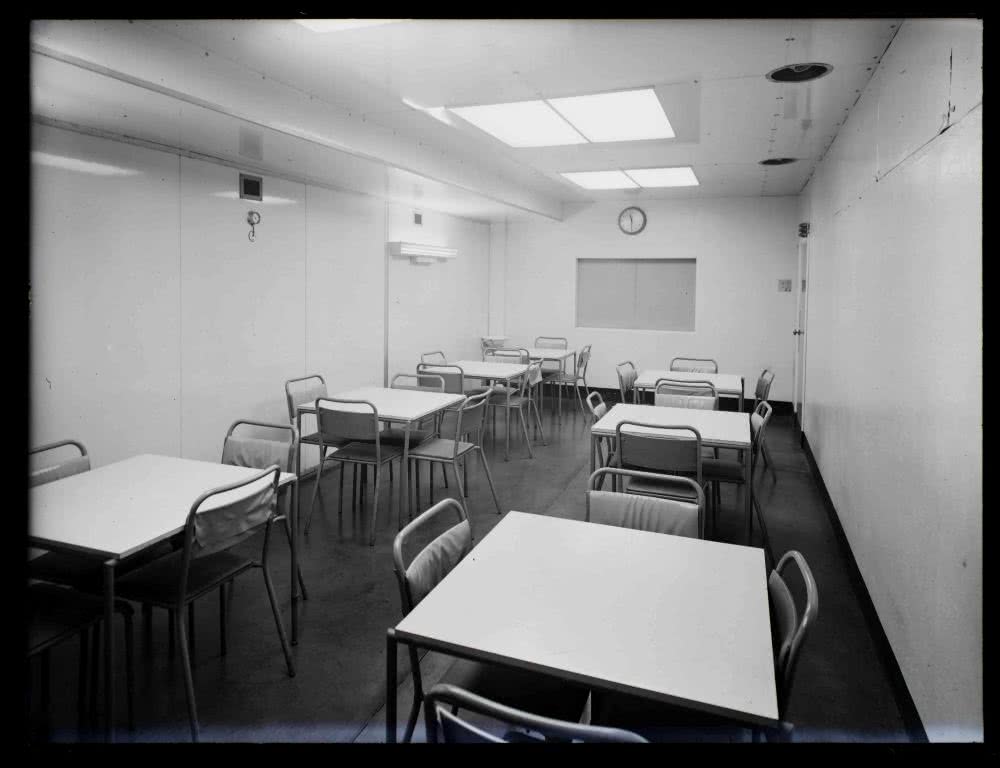
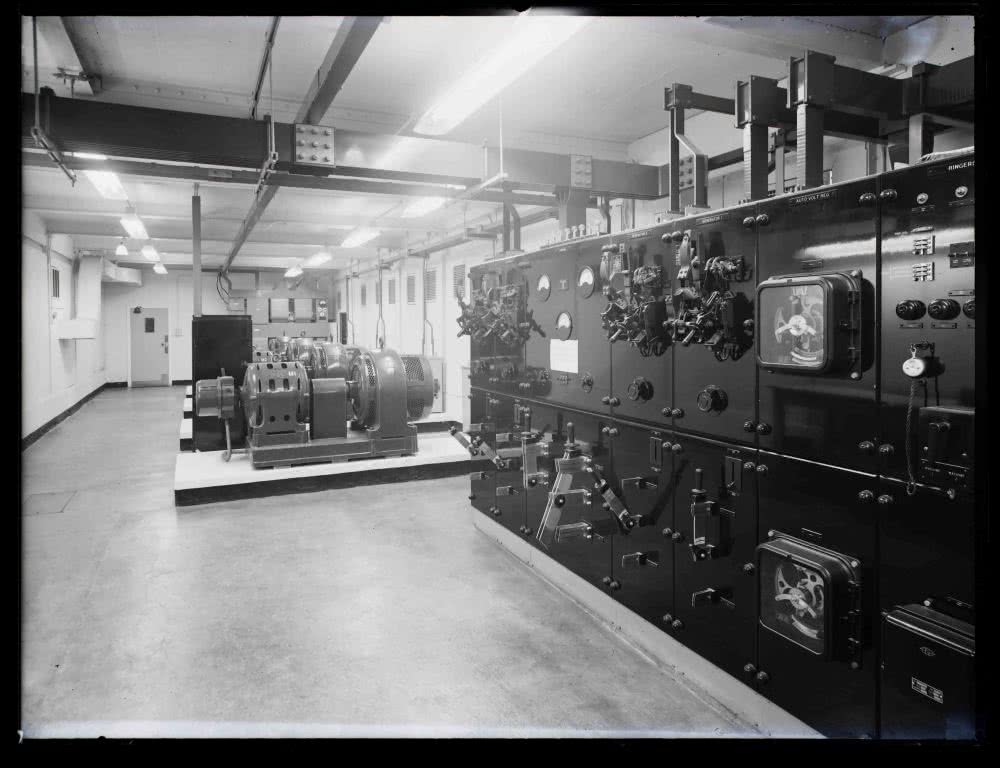
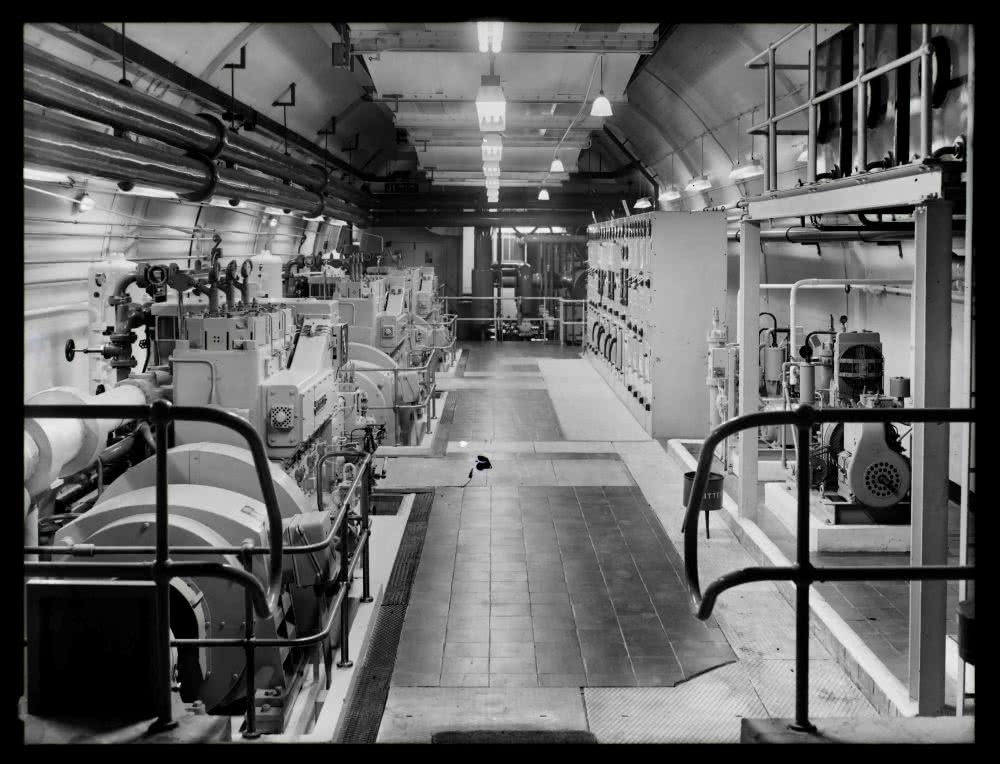
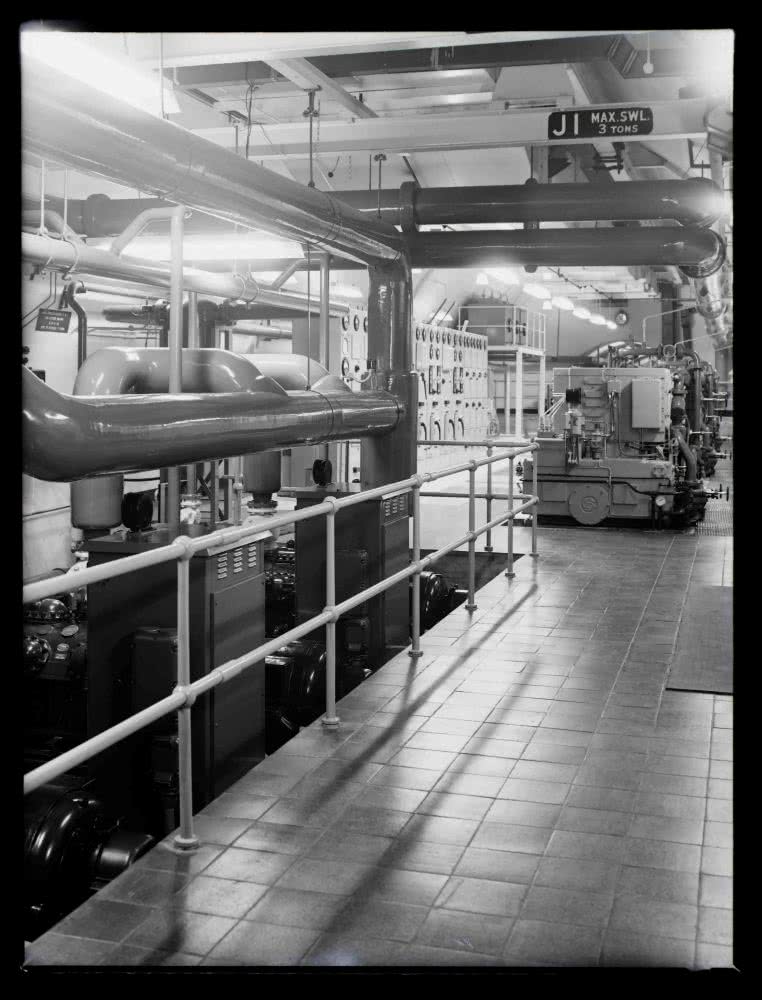
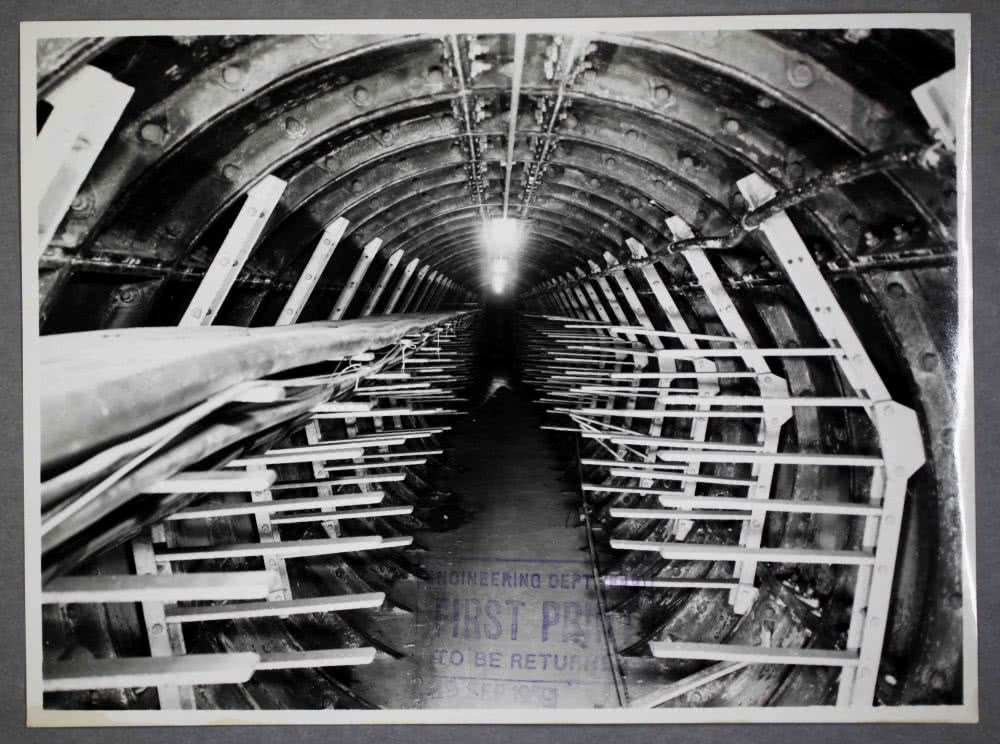
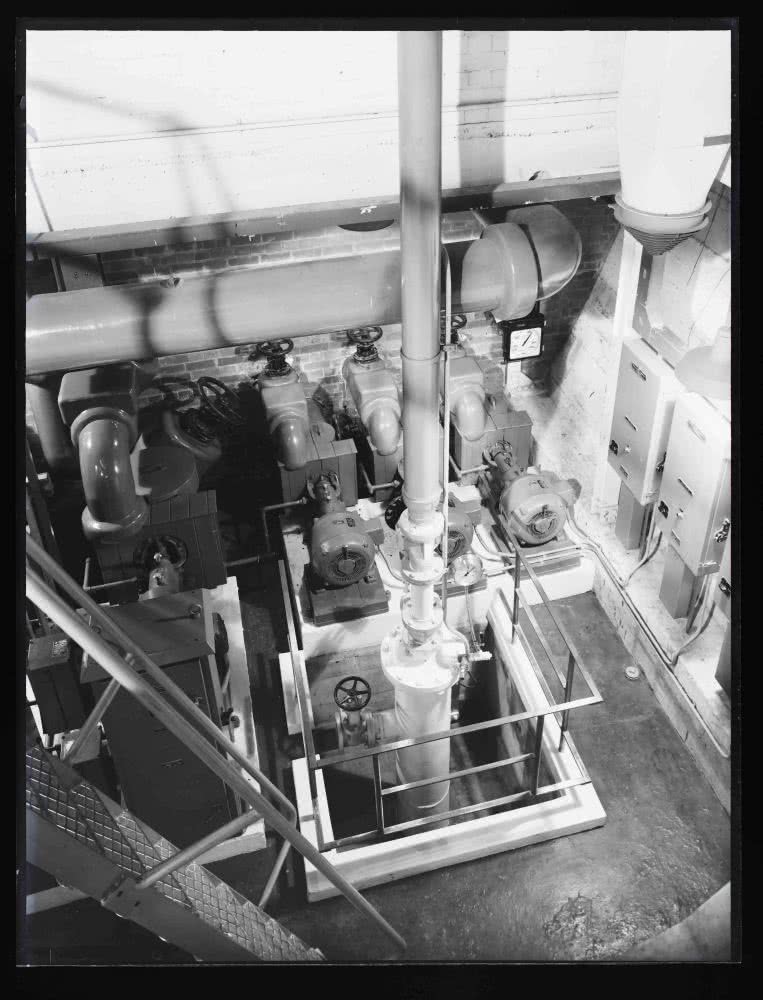
 Hidden Manchester Map
Hidden Manchester Map